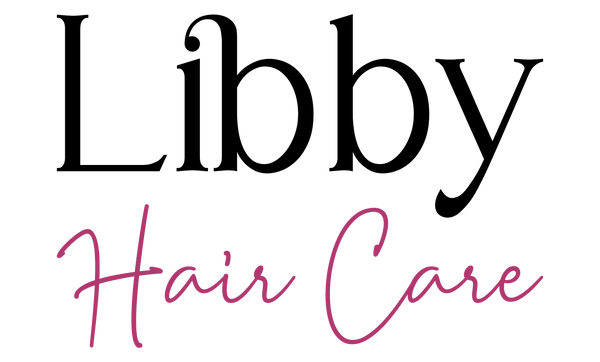This guide is designed to help parents and caregivers develop a healthy natural hair care routine for children. Keep your child's hair healthy and looking great with these tips and best practices.
Why Natural Hair Care is Important
It is important to use natural hair care products and practices when caring for children's hair as their hair and scalp are still developing. Chemical products can damage their hair and cause long-term harm. Going natural is not only safer, but it is also much cheaper in the long run.
Best Practices for Washing Natural Hair
Clean hair is essential for healthy growth. But, overwashing can lead to dry and brittle hair. Best practices for washing hair include using a sulfate-free shampoo, detangling with a wide-tooth comb before washing, and rinsing with lukewarm water.
1. Sulfate-Free Shampoo
These shampoos are gentler and safer for delicate hair and scalp.
2. Pre-Wash Detangling
It is important to detangle the hair before washing using a wide-tooth comb to prevent tangling and breakage.
3. Conditioner Rinse
Using a conditioner after washing the hair and letting it sit for a few minutes before rinsing out will help to keep the hair nourished.
DIY Natural Hair Care Products
Using homemade hair care products is a great way to ensure you know what is going into your child’s hair. Here are some recipes for natural, safe, and effective hair care products you can easily make at home.
DIY Hair Oil
Combine coconut oil, olive oil, and jojoba oil in equal parts and store it in a glass bottle. Apply it to the hair and scalp, then massage it well to moisturize and nourish the hair.
DIY Hair Gel
Mix flaxseed with water and cook over low heat until a gel-like consistency form. Use a few teaspoons of this gel on the hair to style it in curls or twists.
DIY Detangler
Mix conditioner, water, and aloe vera gel in equal parts in a spray bottle. Use this mixture to detangle hair before washing.
Tips for Detangling and Styling
Detangling and styling natural hair can be challenging. It is important to be gentle to prevent breakage and tangling. Use these tips to make the process easier, keep hair healthy, and keep your child happy.
"Always start detangling at the ends and work your way up to the roots. Use moisturizing conditioners as it will make detangling easier."
- Natural Hair Care Expert
Protective Styles for Children
Protective styles are a great way to limit the manipulation of hair and protect it from the harsh elements that can cause hair damage and breakage.
Braids
Braided hairstyles are great for kids, as they’re easy for parents to do and keep the hair neat for several weeks.
Buns and Twists
Buns and twists are also great for minimizing the manipulation of hair. They are easy to do and can last for several days without needing to be redone.
Common Mistakes to Avoid
Mistakes when it comes to natural hair care are common. Being aware of these mistakes can help you avoid them, successfully manage your child’s hair, and keep it healthy.
|
Mistake |
Solution |
|
Skipping regular washing |
Wash hair regularly to promote healthy growth |
|
Treating all hair the same |
Each child's hair type is unique – treat it as such by understanding their hair type and specific needs |
|
Using too much heat |
Limit the use of heat on the hair as it can cause damage |
Q&A with a Natural Hair Care Expert
We sat down with a natural hair care expert to get answers to commonly asked questions about natural hair care for children.
What should be included in a natural hair care regimen?
A regimen should include regular washing, deep conditioning, and moisturizing the hair every day or every few days.
What are some tips for maintaining natural hair at night?
Use a satin or silk scarf to cover the hair to help retain moisture and prevent breakage.
Can natural hair be colored?
Yes! However, it is recommended that a professional colorist is consulted to ensure hair is colored safely and correctly.

